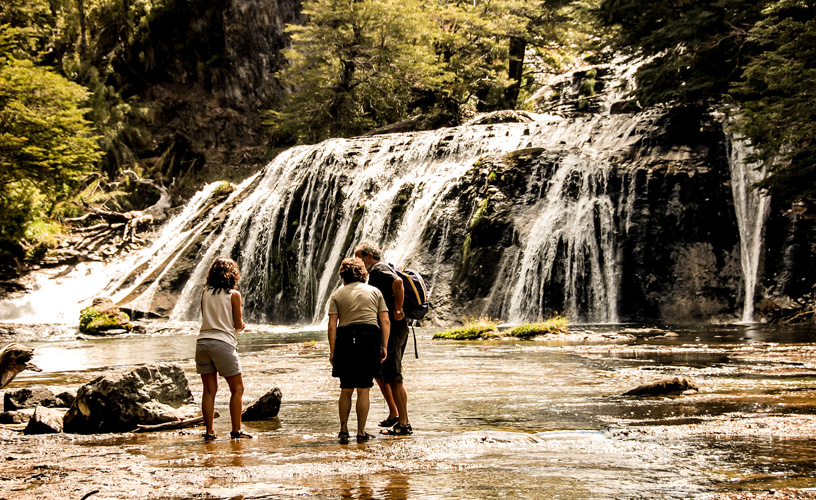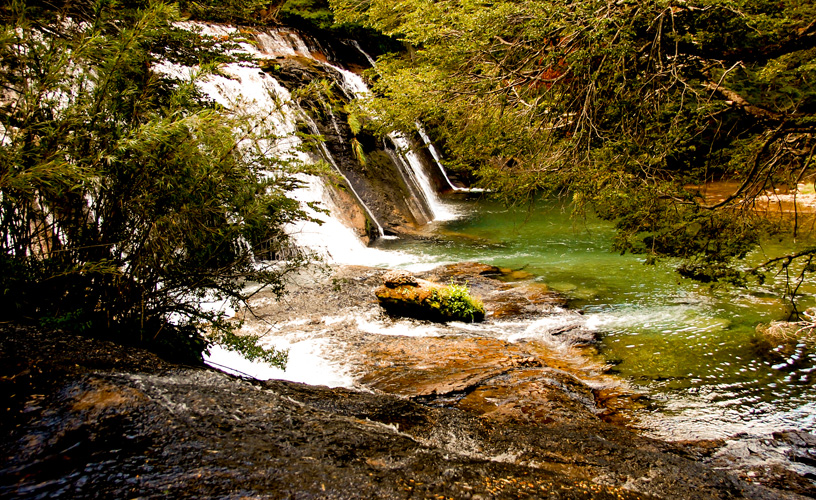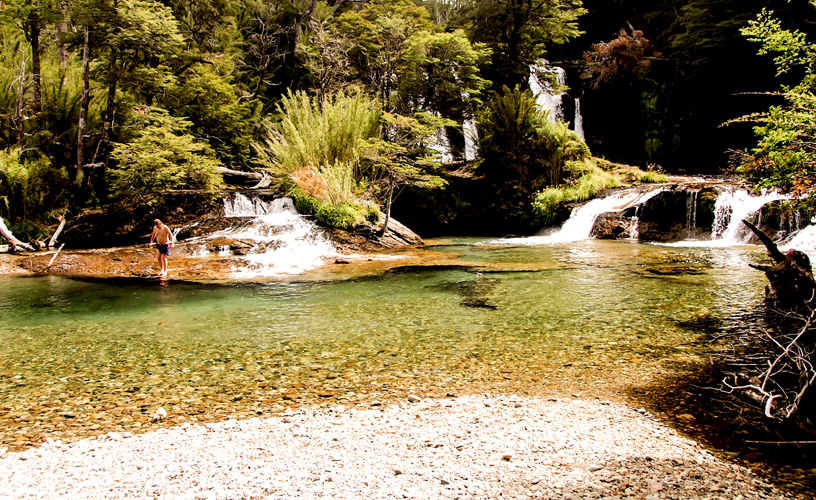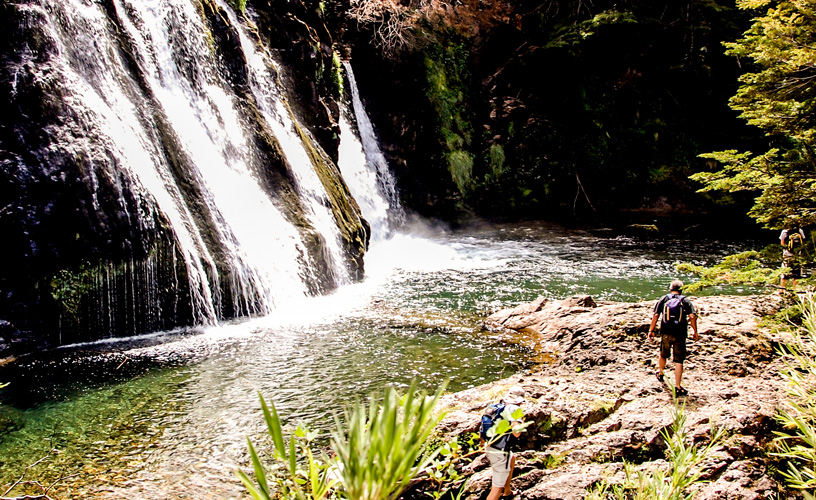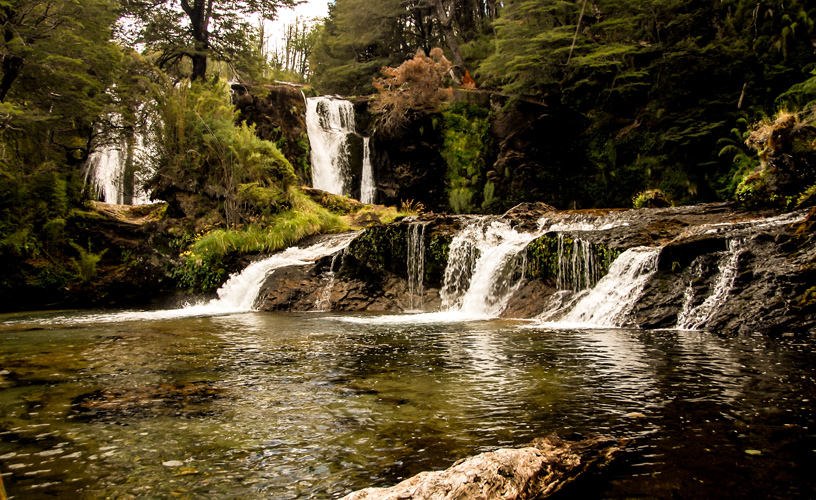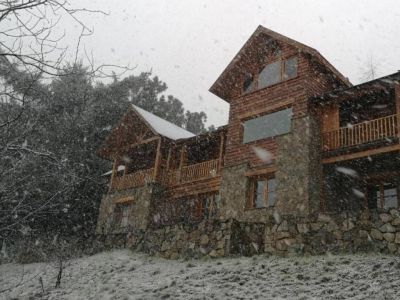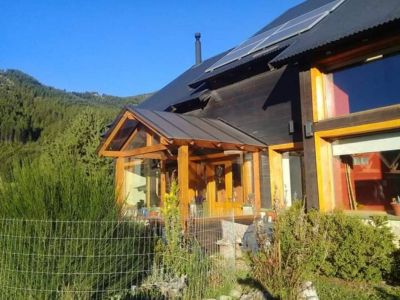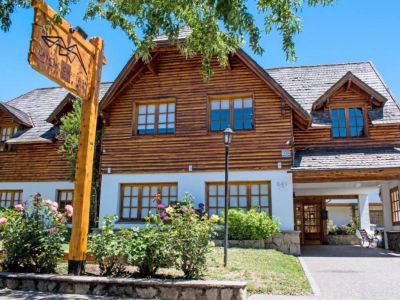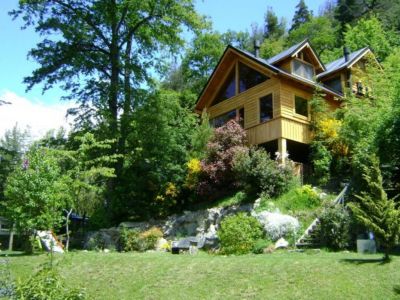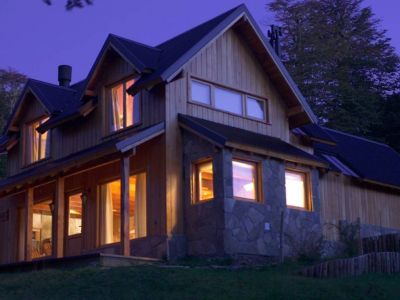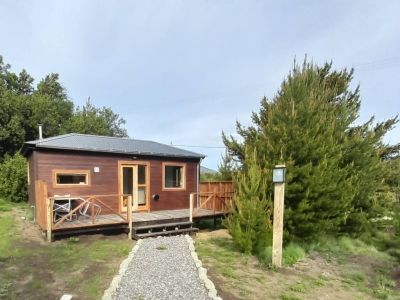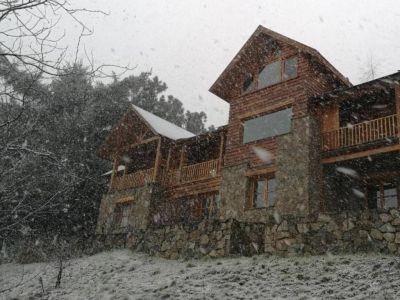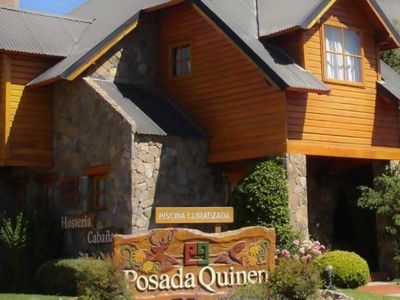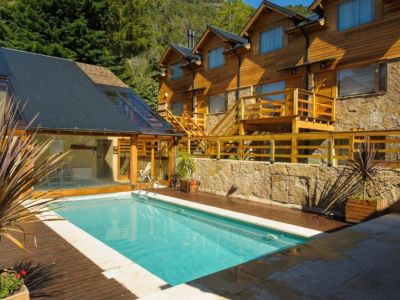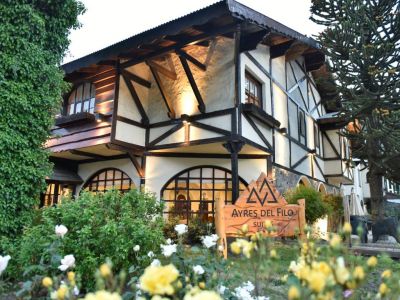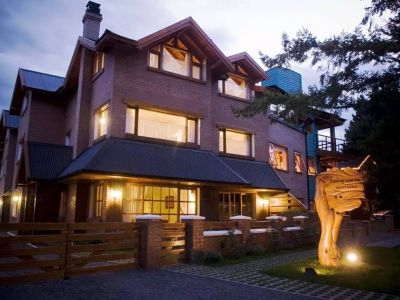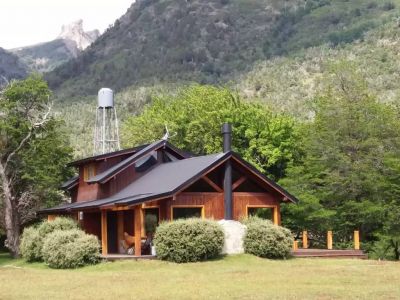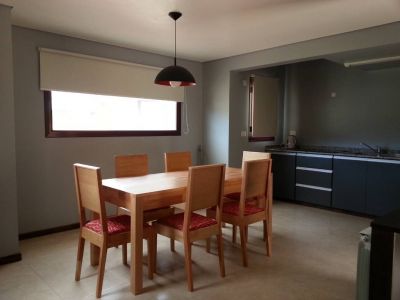The excursion to Ñivinco Cascade has become popular by word of mouth. It is sheltered within a forest and it is necessary to get deep amidst the native species before discovering it.
We wanted to see it, so we drove along the 7-Lake Road (National Route 234) towards Villa La Angostura. We covered 50 paved kilometers first and 10 more kilometers along the gravel road up to the bridge over the Pichi Traful River, where the Villarino park ranger station is located.
It was at that point where we reset the trip odometer and counted 6.2 kilometers. Then, we turned right into a trail that led to a parking lot with sign posts sponsored by Nahuel Huapi National Park. Carrying a small backpack on our shoulders, the adventure continued on foot.
Excursion to the Ñivinco Cascade
We crossed a narrow creek with very cold waters which features a more plentiful volume during the meltdown but is easily surpassed anyway. On the opposite shore, a sign told us how to go on. The forest featuring stunted species gradually gave way to a larger woodland of ñires and caña colihue. The old man’s beard hanging from the branches gave evidence of the high level of oxygen in the area. The sound of our steps on the trail was enhanced by the deep silence all around.
We followed the numbered marks painted in yellow and enjoyed the rugged ñire leaves, the glow of the chinchín and the uneven cañas colihue. Some logs served as steps and marked the different levels of the ground as the murmur of the cascade began to be heard nearer and nearer.
And then the mystery was revealed: behind an ample colorful rocky beach, there appeared the largest bend in the creek, featuring a rocky uneven wall and the first cascade, with a very soft sound.
Afterwards, we found the main area: countless falls spread around the steep rocks opened up into a zigzagging staircase and finally reached the creek surface. The strong sound of the water rolling down some steps made a strong contrast with the murmur of the others, as if giving origin to an incredible choir.
Some children were having a bath in the shallow central pool. They dived in once and again jumping from one of the rocks by the water, screaming and cutting the sun beams that filtered through the surrounding foliage.
We stayed there for a few minutes to grasp the magic of the moment. Then we continued hiking by the cascade towards the viewpoint. The plain stepping stones let us cross the creek easily.
Upstream, we were surprised by the presence of a couple of torrent ducks, a native endangered species. As we climbed up, the access became more difficult. It is important to wear proper shoes.
We wanted to remain on the beach in front of the cascade a little bit longer before starting our way back. We took advantage of the opportunity to taste the sandwiches we had packed and some mate without sugar. We were sure that many other lovers of the secrets hidden by Patagonian forests would hear about this place.
Mónica Pons
Eduardo Epifanio
